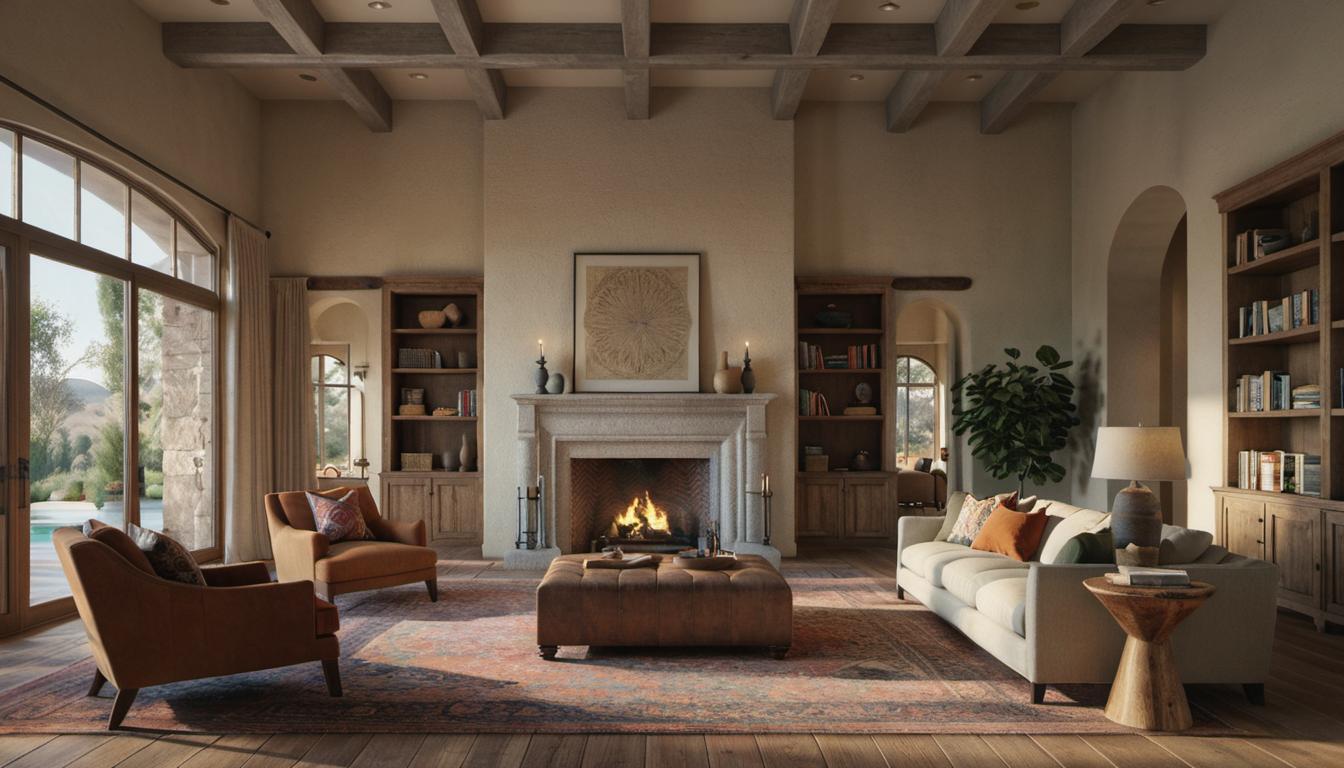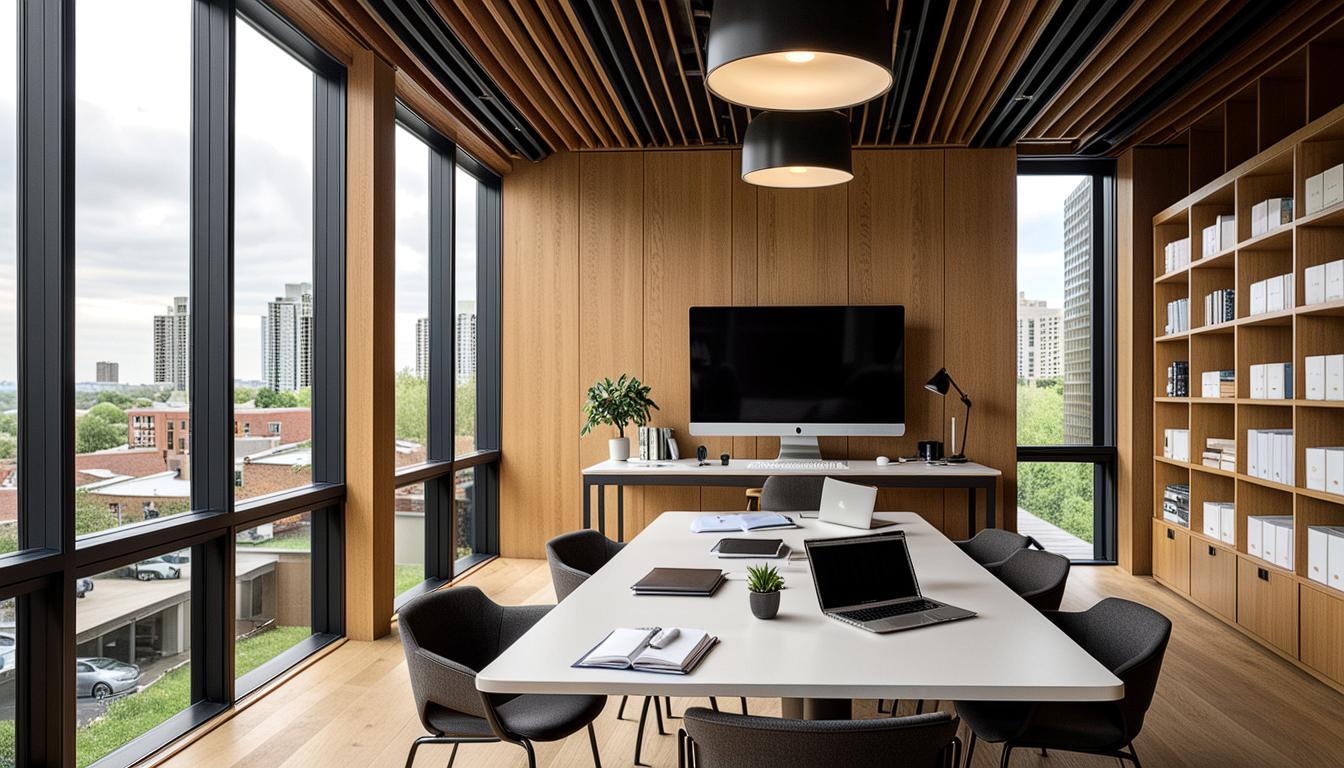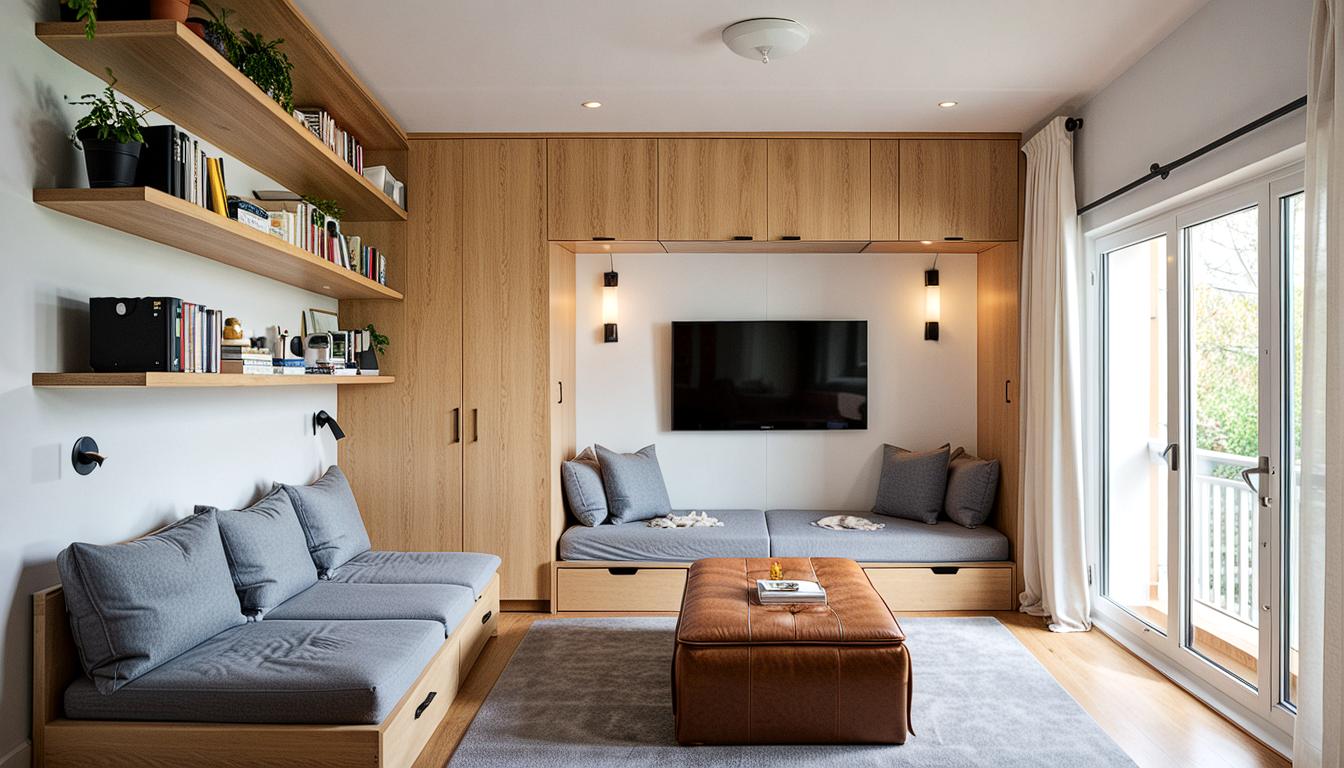Introduction
A well-rendered architectural interior can be a powerful tool in the hands of architects, interior designers, and real estate professionals. Through precision and careful attention to detail, you can elevate your work from good to extraordinary, especially when you know how to maximize details in architectural interior rendering. This article offers a detailed plan that you can follow to achieve more nuanced, compelling renderings.
Preparation and Planning
- Initial Sketches: Before diving into the digital world, start with a pencil and paper. Sketching provides a solid plan for your rendering and keeps the image aligned with the original concept. As rendering artist Duy Phan advises, sketch your scene to keep the overall image as you envisioned.
- Reference Material: Gathering references like similar spaces, decorations, materials, and color tones can help set up a clear vision of the desired final result. Notes, sketches, and reference images will be key allies in your preparation process.
- Inspiration: Inspiration usually comes from unexpected places. Look beyond your medium – for example, cinema often provides unique and evocative ideas.
Modeling Principles
- 3-Ground Rule: To tell the story of your architectural model powerfully, keep the 3-ground rule in mind: foreground, mid-ground, and background. This approach adds depth and perspective to your project.
- Blending of 3D and 2D assets: A blend of 3D and 2D assets not only saves time but also offers a more realistic outcome. Utilizing both dimensions can offer a more nuanced and compelling rendering.
Color Scheme and Composition
- Color Scheme: Color shapes the emotion and narrative of a space. Incorporate ideas from color theory and light, ensure color harmony, and consider the type of space and the rule of percentages while designing your color scheme.
- Composition: Composition rules such as the rule of thirds or symmetry should be taken into account. Also, concepts like space, depth of field, and motion blur must be thoroughly understood and strategically used.
Lighting and Materials
- Lighting: Lighting is a vital aspect in achieving ‘Photographic Realism’. Efficient methods like Image Based Lighting or Physical Sun and Sky can be used. Also, consider creating hybrid lighting by adding artificial lights.
- Materials: Choose materials carefully – the correct scale of texture maps is crucial, and attention should be given to the details of every material. Don’t shy away from depicting wear and dirt to add more realism.
Rendering and Post processing
- Rendering: Tools like the denoiser can be used to fine-tune rendering settings and achieve the most suitable image without sacrificing rendering time.
- Post-processing: Use compositing and light mixing effectively. These tools provide a wider range of adjustments and can greatly affect the final image.
Practical Application and Exploration
- Photorealism: ‘Photographic Realism’ is a significant concept suggested for creating impressive renderings. Try to depict the representation of reality as closely as possible.
- Breaking Limitations: Always strive to break your boundaries and step outside of your comfort zone. That’s where the real magic happens and standout work gets done.
FAQS
- Question 1: How can I enhance the details in my architectural interior renderings? Answer: Follow our mentioned factors like sketching, using reference materials, capitalizing on the 3-ground rule, and understanding the balance between 3D and 2D assets. All these steps can help enhance details in your renderings.
- Question 2: What are some top artists’ advice for architectural rendering? Answer: Experts emphasize planning—using sketches and reference images—and breaking beyond self-imposed limitations to unlock creativity.
- Question 3: What is the 3-ground rule in architectural modeling? Answer: The 3-ground rule involves designing with three elements in mind: foreground, mid-ground, and background. It gives the model depth and perspective.
- Question 4: Why is ‘Photographic Realism’ important in creating good renderings? Answer: Photographic Realism reproduces reality in your renderings, making them believable and relatable. This concept greatly improves your architectural interior rendering.
- Question 5: What are some key efficiency tips for 3D interior design rendering? Answer: Efficiency comes from good preparation and planning, and making effective use of tools like denoiser for fast and high-quality rendering.
Final Remarks
In a nutshell, to maximize details in architectural interior rendering, you need strategic preparation, a sound understanding of modeling principles, a carefully planned color scheme and composition, attention to lighting and materials, as well as efficient rendering and post-processing techniques. By applying these best practices, you can elevate your interior architecture rendering skills to new, exciting levels. Put these tips into practice today, and watch your creations shine.






